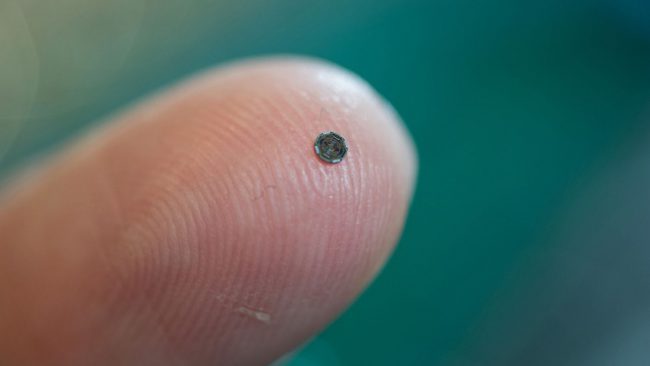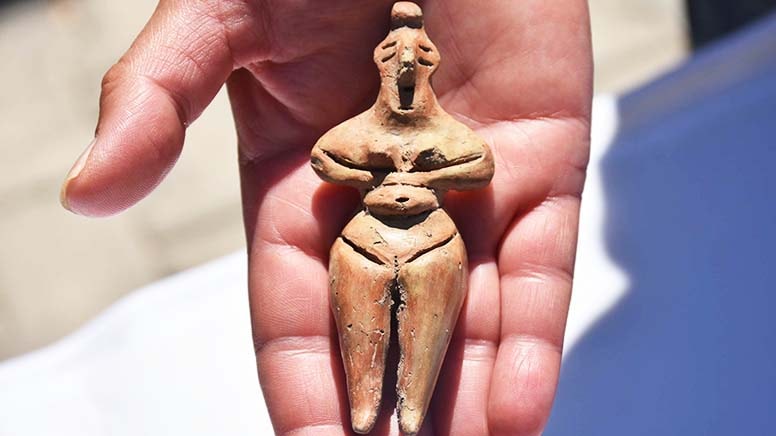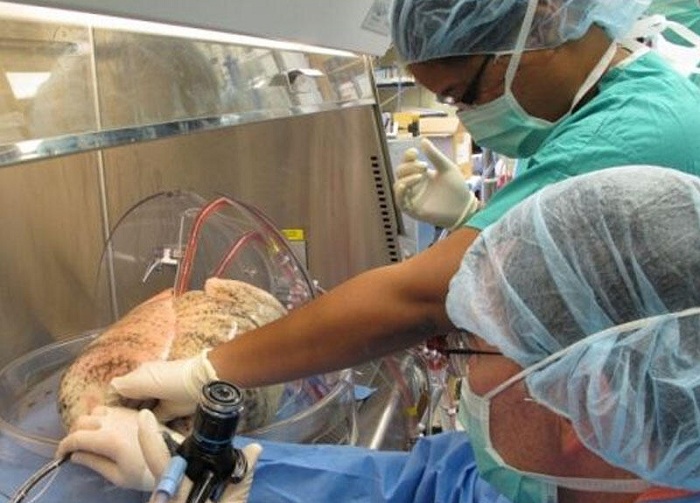
- A-
- A
- A+
Scientists have printed out a “laboratory” measuring 100 micrometers
The miniaturization of various components has long been surprising. Suffice it to recall the first personal computers that occupied several rooms. But to create a laboratory for a complete chemical analysis of a size of only 100 micrometers (0.1 millimeter) is really something new. According to the journal Science Daily, this is exactly what scientists from the University of Brigham Young have succeeded in. Moreover, the miniature device was printed on a specially created printer for this purpose.
The device belongs to the class of microfluidic and represents a microchip, in fact is the most real chemical laboratory. With the help of microscopic tubules located inside the device, you can conduct various tests. For example, a blood test. As already mentioned, the microchip size is 100 μm, and the cross-section has a size of 18 by 20 μm. The creation of a workable laboratory of such small dimensions can be of tremendous importance for diagnostic medicine. For example, they can be injected directly into the patient’s body to measure parameters in different parts of the human body. Or, to include micro-laboratories in miniature robots, expanding their functionality.
To create a miniature chip, scientists had to create a unique 3D printer on their own. It is based on a 385-nanometer LED lamp. According to one of the authors of the development, Greg Noordin,
“Using a 385-nanometer LED lamp, compared to the 405 nanometer lamp used before, significantly increases the number of ultraviolet absorbers to create polymer inks. The advantages of 3D printing for manufacturing microfluidic devices have long been known, and the method of digital stereolithographic processing of light is extremely promising in terms of cost, reducing it by several orders of magnitude. One chip on a new type printer can be printed in just 30 minutes, and this does not require sterile conditions.”
Similar News
Links



 Elm TV
Elm TV
 Photo
Photo
 Video
Video





